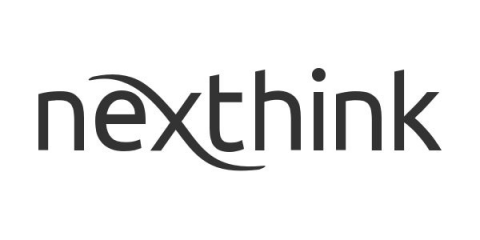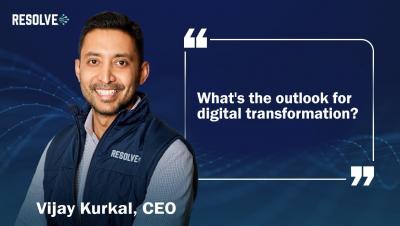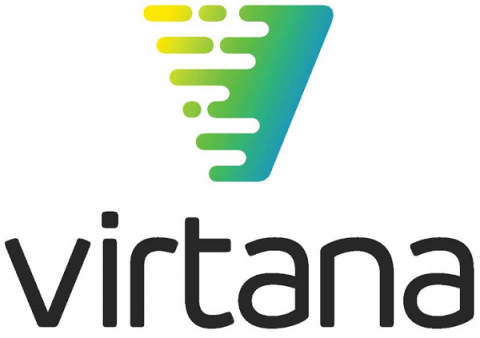Operations | Monitoring | ITSM | DevOps | Cloud
Digital Transformation
Digital Transformation: Cloud Migration Strategy Checklist
Companies moving their applications and services to the cloud is nothing new, but doing business there requires a solid cloud migration strategy. The list of things to consider is longer than you might think. Fortunately, xMatters has done it successfully and has helped its own customers move to the cloud too. In this article, Product Marketing Manager Erin Jones gives a checklist you can use to get your cloud migration right.
A Cutting-Edge Culture of Change in the Middle East: An IT Leader's Perspective
The global events of the past few years have permanently shifted us into a new era; defined by constant change, consumer-grade IT expectations, and digital innovation. Successful and sustainable digital transformation relies on an organization’s ability to make informed, data-driven decisions; achieve buy in from executive leadership; challenge the status quo; and future-proof investments against economic fluctuations.
What's the outlook for digital transformation? | Resolve
5 ways to propel customer digital transformation
One of the great promises of digital transformation is its ability to vastly enhance the customer experience. By empowering your workers with the tools and information to deliver extraordinary customer service, you create increased value for your customers and your business. However, driving customer digital transformation requires a shift in mindset and approach.
The Silent Digital Transformation Killer
Digital transformation, no matter what form it takes within your organization, is a high-stakes initiative to deliver strategic impact to the business. The cloud is a pivotal enabler to that effort. But there’s a flip side—challenges related to migrating and managing workloads in the cloud can have a negative impact on the success of your transformation efforts.
Driving the new IT mandate: Inside global organizations driving digital transformation
Businesses today operate in a highly dynamic environment. And it’s safe to say that over the last couple of years IT departments have witnessed an unprecedented change. While digital transformations have been among the key initiatives for most organizations, covid 19 catapulted enterprise digital transformation to become the top priority for many businesses. With this shift, the IT department has taken center stage.
Retail media networks redefining online advertising spend
What, how, and why? - Key benefits of retail media! What is retail media advertising? Any type of digital advertisement (text, display, video) placed on a retailer’s e-commerce platform or displayed as a response to a search is termed as retail media advertisement. The intent is to mimic the front of the aisle concept online to target users/buyers who visit e-commerce platforms and enable sales closures by placing relevant product ads at various entry and exit points.
Developing trends in the retail media network
Stay ahead of the competition We have seen enough inferences from one of our earlier blogs that the retail media industry promises to show high market potential. This will influence retail companies to evolve new solutions to meet the marketing demands of the brands. Third and first-party customer data have been playing a major role to provide retail brands with the right demographics and customers to improve the audiences for driving brand awareness and acquisition.
What should retail media networks consider as key factors for success
Become a necessity and not a choice to bring the right results In the recent blog, we were able to understand what retail media is and the associated benefits for retail brands.











